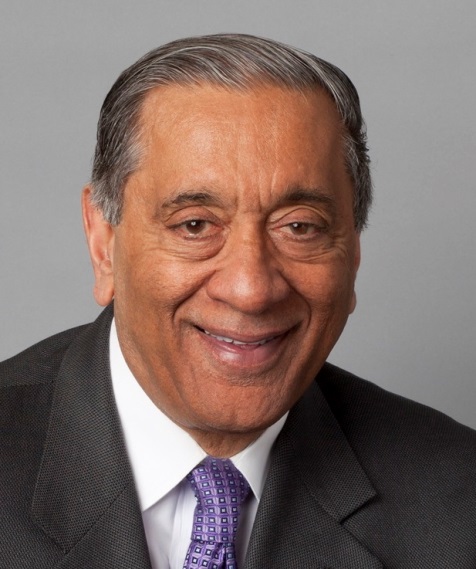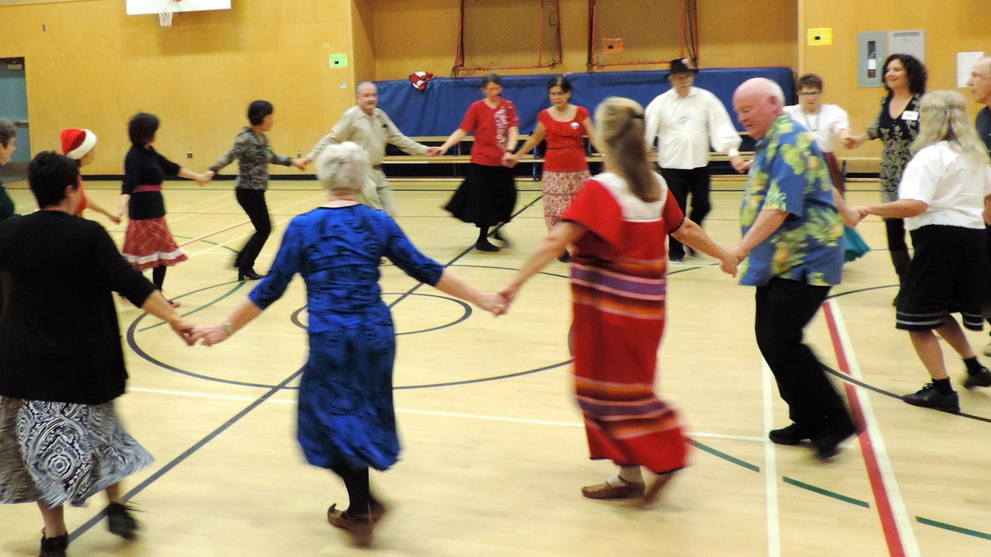DESIBUZZCanada
Events Listings
Dummy Post

International Day Of Yoga To Be Virtually Celebrated Saturday At 4pm

CANCELLED: Coronavirus Fears Kills Surrey’s Vaisakhi Day Parade

ADVERTISE WITH US: DESIBUZZCanada Is The Most Read South Asian Publication Online

SURREY LIBRARIES: Get Technology Help At Surrey Libraries

WALLY OPPAL: Surrey Police Transition Update On Feb. 26

GONE ARE THE DAYS - Feature Documentary Trailer

Technology Help At Surrey Libraries

Birding Walks

Plea Poetry/short Story : Youth Contest

International Folk Dancing Drop-in Sessions
New Poll Has The NDP gaining Five Points Over Their Main Rival BC Conservatives
- October 12, 2024

A new poll has the incumbent NDP edging past their chief rival the Conservative Party of BC with decided voters as we get closer to election day next Saturday. The Leger poll shows the NDP has regained the lead over the Conservatives ahead voting day on October 19 with 47 percent of decided voters planning to cast ballots for the BC NDP and 42 per cent will vote for the BC Conservatives, a lead of five points for the New Democrats.
By DESIBUZZCanada Staff
VANCOUVER – A new poll has the incumbent NDP edging past their chief rival the Conservative Party of BC with decided voters as we get closer to election day next Saturday.
The Leger poll shows the NDP has regained the lead over the Conservatives ahead voting day on October 19 with 47 percent of decided voters planning to cast ballots for the BC NDP and 42 per cent will vote for the BC Conservatives, a lead of five points for the New Democrats.
Leger says the change is due to a drop in Conservative support among women, and voters who are 18-34 years old.

Support for the Conservatives among women declined from 42 percent to 34 per cent, and from 47 per cent to 38 per cent for those between between the ages of 18 and 34.
The Leger poll found that two-thirds of respondents say they will “definitely vote,” and eight in ten decided voters are not likely to switch their vote. with Conservative voters more entrenched in their choice than NDP supporters.
NDP Leader David Eby remains the highest rated party leader at 46 per cent, a slight drop, Conservative Party leader John Rustad remains at 38 per cent, and BC Green Party leader Sonia Furstenau is at 36 per cent.

People who rate healthcare as their top concern consider Eby and the NDP the best to handle that issue, while those concerned about the economy feel Rustad and the BC Conservatives are the best choice.
The poll results are available on the Leger360 website.
According to Leger, the web survey was conducted from October 3 to 6, 2024, with 1,002 British Columbians aged 18 or older, randomly recruited from LEO’s online panel. A margin of error cannot be associated with a non-probability sample in a panel survey. For comparison, a probability sample of 1,002 respondents would have a margin of error of ±3.1 %, 19 times out of 20.

















